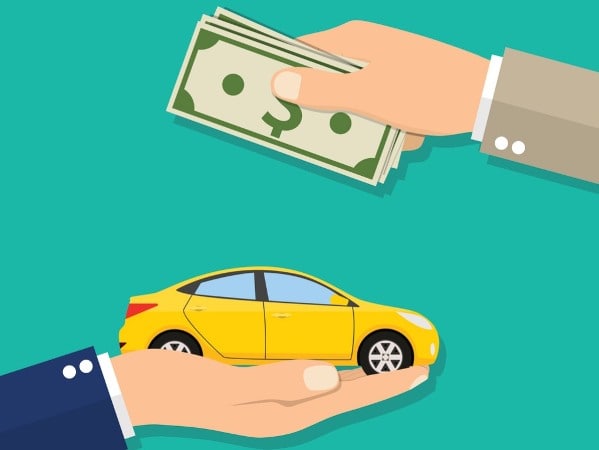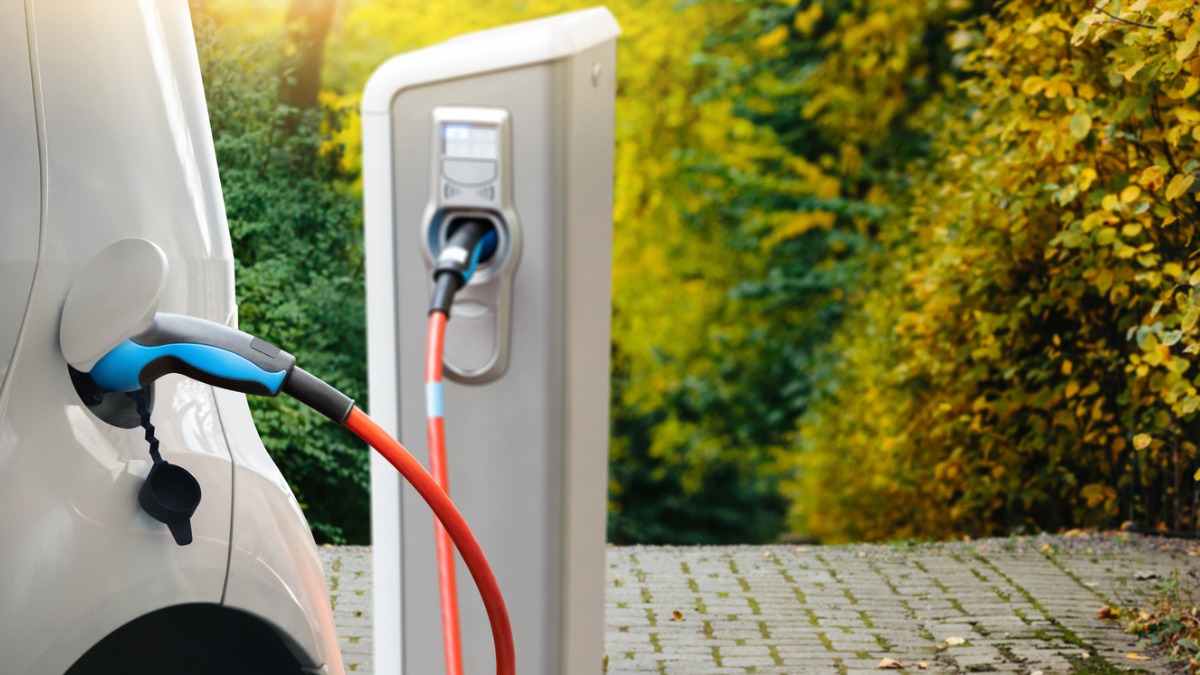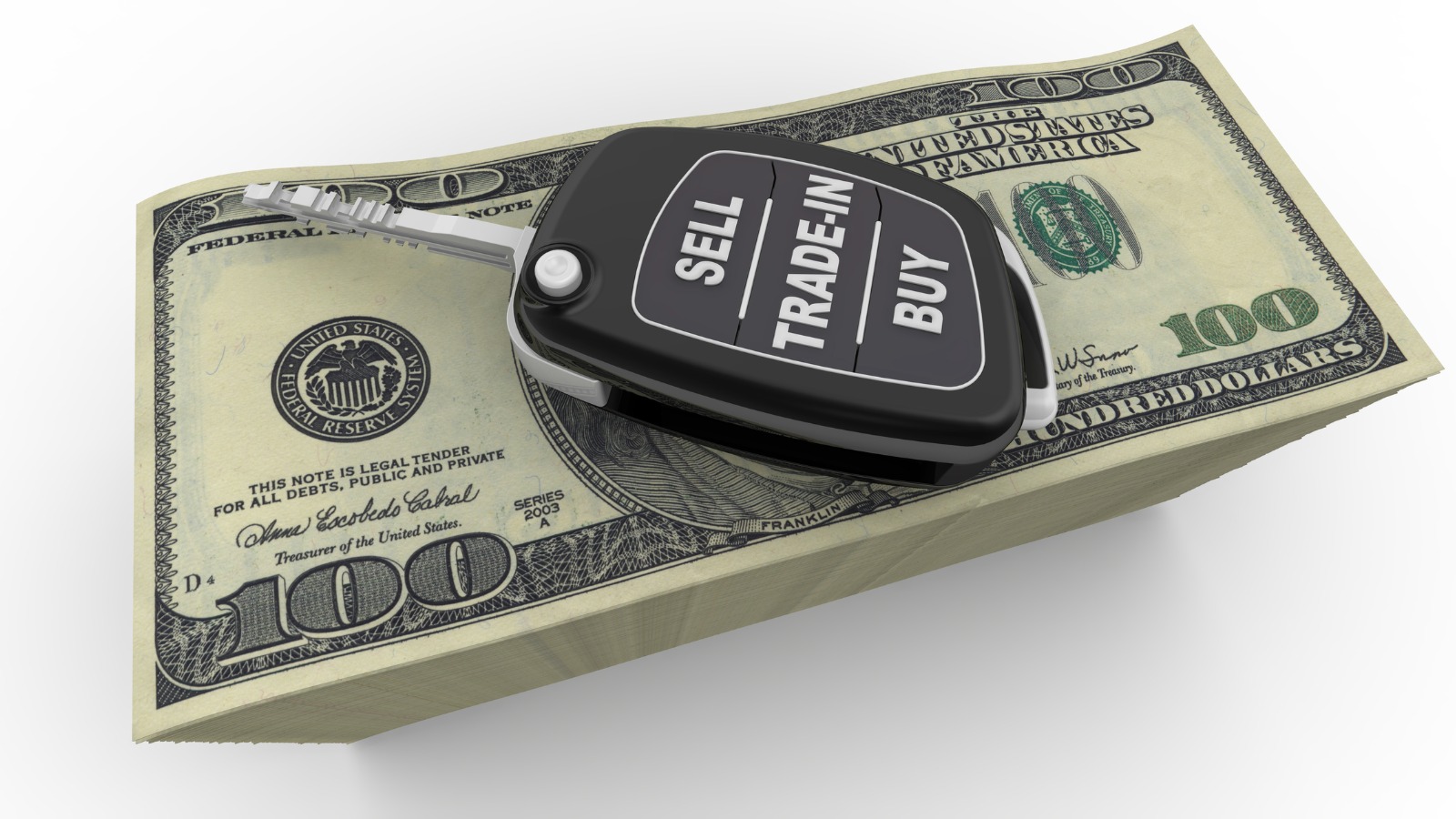- Car prices higher than ever, averaging over $38,000
- Buying and operating a new car costs motorists nearly $9,300 annually
- Longer loans and higher interest rates are a major factor
- Experts suggest shoppers should consider buying “nearly new” models
It takes just a quick visit to your local dealership – or an even quicker search online – to realize that today’s new car prices are higher than ever. That’s even after adjusting for inflation.
There are all sorts of reasons why vehicle ownership costs are surging, including gas, insurance, and service and maintenance. Compounding the situation, buyers are adding more content to their vehicles. They then try to offset the higher purchase price by stretching loans to record lengths.
Transaction prices continue to climb
New vehicle prices are reaching record levels. The valuation analysts at Kelley Blue Book today estimate the average transaction price for a light vehicle in the United States was $38,635 in August 2020. New-vehicle prices increased $1,442 (up 3.9 percent) from August 2019, while climbing $72 (up 0.2 percent) from the previous month.
Driving this steady climb is the popularity of SUVs and pickup trucks. In the full-size segment, SUVs posted a 5.1 percent year-over-year increase in transaction prices, while pickups rose 3.9 percent. The respective average transaction prices for these vehicles hit $65,807 and $52,480. Smaller and more affordable SUVs and pickups rose by 3.4 and 3.2 percent averaging $40,461 and $36,998.
Monthly costs up
AAA found the average American vehicle owner spends $773.50 a month, or about $9,282 annually – up from a year-earlier figure of $8,849.
The numbers vary according to vehicle size and type, as you might expect. Small sedans are the most affordable, said AAA, at $7,114 annually, while full-size pickups punch the number up to $10,839.
“Finance costs accounted for more than 40 percent of the total increase in average vehicle ownership costs,” Managing Director John Nielsen pointed out, adding that, “AAA found finance charges rose more sharply in the last 12 months than any major expense associated with owning a vehicle.”
Avoid longer loans, shop for certified used cars
In addition to higher prices, rising interest rates are another reason the average vehicle loan stretches out tp 70 months. AAA said one of the best ways to cut costs is to shorten that number. Every 12 months you cut off a loan’s term saves an average $1,000.
Rising costs are making it more and more difficult for American motorists to purchase a vehicle. Experts say to keep loans short and even to consider a nearly new vehicle, especially certified pre-owned models with like-new warranties.








